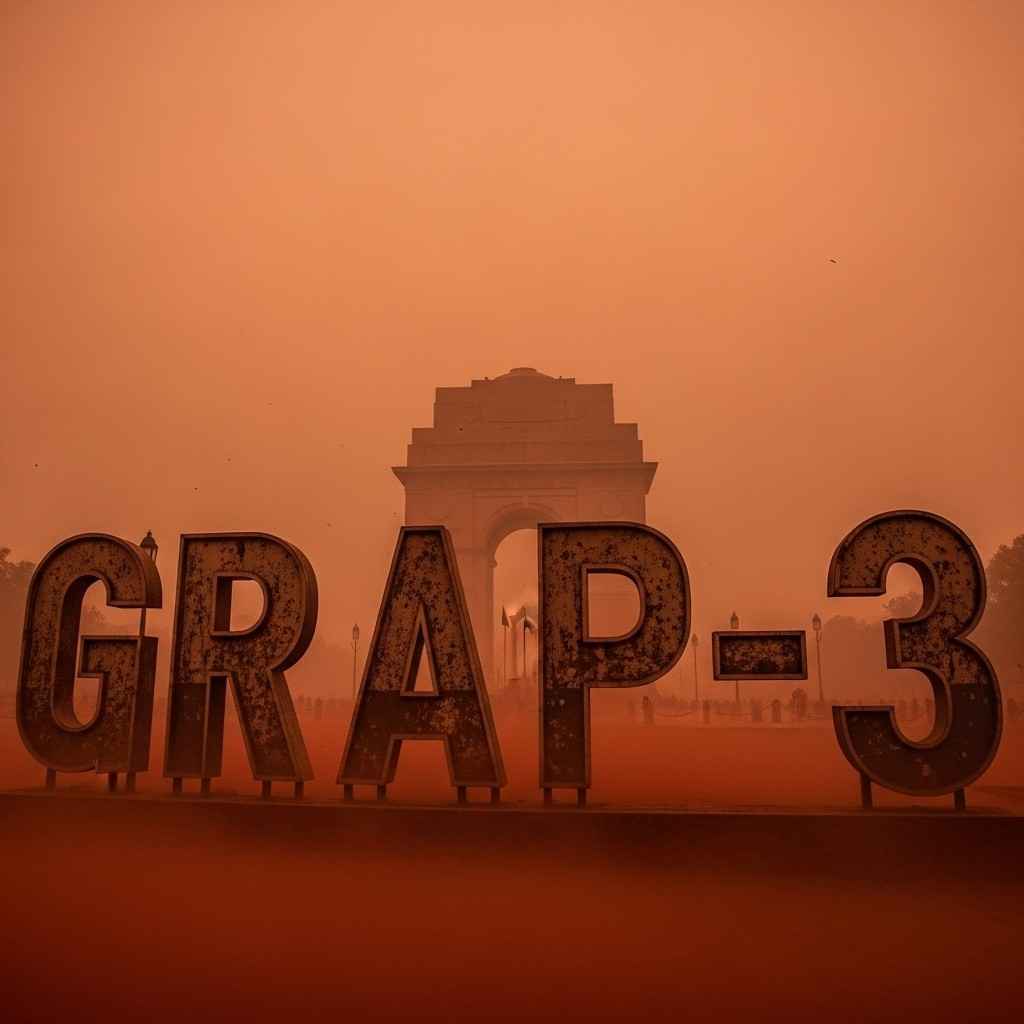
- Delhi’s air quality has once again plunged into alarming levels, entering the ‘red zone’ as several localities recorded ‘severe’ pollution levels. The city’s 24-hour average Air Quality Index (AQI) reached 361 , categorised as ‘very poor’ , according to the Central Pollution Control Board (CPCB). Despite the worsening air, GRAP Stage 3 —a stricter pollution control stage—has not yet been enforced. Officials cite a comparatively better air quality trend this November than in 2024 and effective coordination among pollution-control agencies.
Current Air Situation
- Delhi ranked as the second most polluted city in India on the day, with major pollution hotspots including Wazirpur (420) , Burari (418) , and Vivek Vihar (411) —all recording ‘severe’ AQI levels. In the National Capital Region (NCR), nearby cities such as Noida (354) , Greater Noida (336) , and Ghaziabad (339) also remained in the ‘very poor’ category. Since Diwali, Delhi’s AQI has fluctuated between ‘poor’ and ‘severe’ , raising health concerns for millions.
Forecast and Health Implications
The IMD and CPCB’s early warning systems predict that air quality will remain ‘very poor’ over the coming days. Prolonged exposure to such conditions can worsen respiratory and cardiovascular diseases , especially for children, the elderly, and outdoor workers. Experts recommend limiting outdoor activity , wearing N95 masks , and using air purifiers indoors to reduce exposure.
Why GRAP-3 Hasn’t Been Imposed Yet
The Delhi Pollution Control Committee (DPCC) reported that air quality over the past week was marginally better than last year, delaying the activation of GRAP Stage 3 . Authorities credit stricter dust suppression , mechanised sweeping , anti-smog gun deployment , and tighter control over industrial emissions and vehicle checks . In 2024, GRAP Stage 3 was implemented by November 13 , but this year’s milder trend has allowed officials to hold off for now.
Exam-Focused Key Points
-
‘Very Poor’ AQI: 301–400; ‘Severe’: 401–450; ‘Severe+’: above 450.
-
Delhi’s average AQI: 361; several areas crossed 400.
-
GRAP (Graded Response Action Plan) is enforced by the Commission for Air Quality Management (CAQM) .
-
Stage 3 measures restrict construction, certain vehicles, DG sets, and may shift schools online.
Citizen Role
Residents can contribute by avoiding biomass burning , reducing private vehicle use , maintaining engines and filters , and minimising dust-producing construction . Coordinated citizen action remains vital to prevent Delhi’s pollution emergency from worsening further.
Month: Current Affairs - November 10, 2025
Category: Air Quality